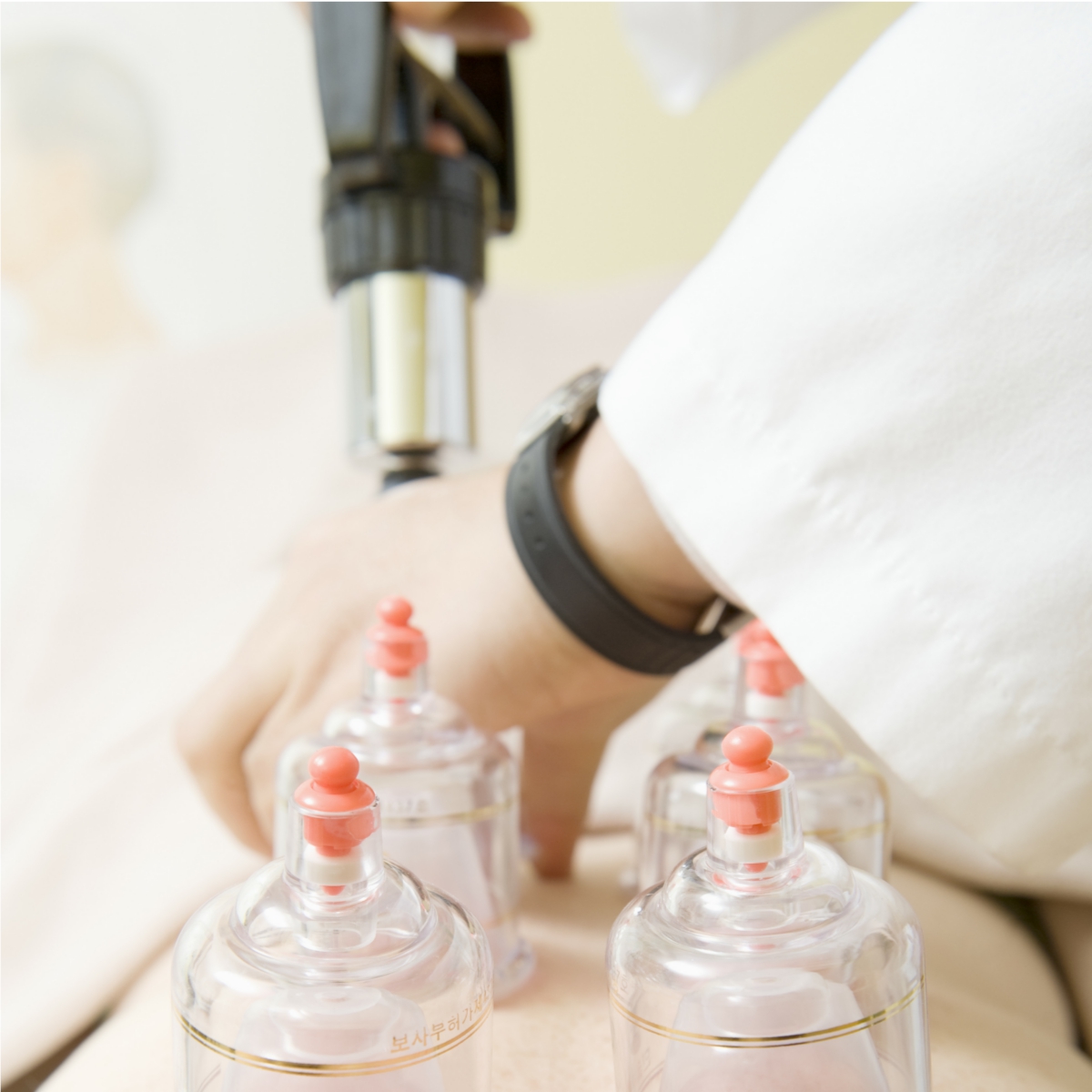In looking at the many ways to recover, there is one that I’ve mentioned before, which is soft tissue work. After being asked about this category-what is it, what does it mean, how do you do it-I decided that soft tissue recovery needed it’s own article.
Why should we care about working out stiffness/tightness in your soft tissues/muscles?
Basically, as we address this tightness/stiffness we can feel better, and move better. Also you can see an improvement in performance and enhanced recovery.
Without going into too much depth about what it is, let me say that soft-tissue work refers to anything you can do that will increase blood flow into a specific muscle or muscle group with the purpose to help alleviate pain. There is still some confusion among scientists and researchers as to what is actually happening but there are several theories.
Soft tissue work can include; massage, foam rolling, smashing, self-myofascial release (SMR), dry needling, IASTM, and Dynamic Cupping to name several, but not all. Again, the main thing you need to remember is that all of these methods accomplish the same goal = increasing blood to the targeted area. Blood carries nutrients, which help aid in healing and recovery.
How do you do these soft-tissue therapies?
Some you can do on your own (smashing, massage, SMR, foam rolling) while others you’ll need a professional to administer the therapy (massage, cupping, dry needling, IASTM).
Soft Tissue Options
Foam rolling
This is probably the most popular method, and if you’re a senior fitness client of LFS you’ll be familiar with foam rolling. This is where you take a tube of hard/high density foam to roll out the length of the muscles. Foam rolling has been around a long time and is treated within the realm of SMR. Again, we don’t know exactly what is happening inside the body, but we do know that it works at improving flexibility short and long-term, as well as aids in recovery, and decreases fatigue. You can foam roll every day, even multiple times a day. At first, it will be pretty uncomfortable, but with continued use, it will begin to feel better. Tip: go slow-about 1″ per second.
Smashing
Smashing is another SMR tool. It is a more aggressive treatment than foam rolling because the implement is smaller so there is less surface area to dissipate the load/pain. Smashing is usually done with a ball of some kind (lacrosse ball, baseball, golf ball, tennis ball, etc). You place the ball in the tight/affected area, apply pressure (either your arm/hand, or body weight) and start working around the area. There are a couple tricks that can help you get the most out of smashing.
- The smaller the tissues (arms vs. legs, neck vs calfs) the less pressure you need to use to make a change.
- Contract & Relax. Place the ball where you’re sore. Contract the muscles around the ball for 5 secs and then relax deeper into the tissues for 5-10 secs. Repeat as many times as necessary.
- Move upstream and downstream. Another option is placing the ball where needed and then move the surrounding area above as well as below the ball-just not necessarily at the same time.
- If your upper back (between your shoulder blades) hurts, place the ball where you can feel the knot and alternate between moving the arm around and your head/neck.
- Less is often more here. Because this is more aggressive, if you go after those knotted up, tender spots and spend too much time on them you will most likely be over sore or bruised the next day.
IASTM
IASTM is an effective method that needs a professional (doctor, physical therapist, etc) to perform. This is the most therapeutically painful of the SMR family. Since I’m not an expert, here’s Dr. Andrew Reheisse telling us about it.
Dry Needling
Dry needling is an interesting hybrid of electrical stimulation (E-STM) and something like acupuncture. Unlike acupuncture, you’re not going after meridians, but rather a trigger point. Then you apply e-stm from the inside out on that precise trigger point. It sounds barbaric, but it’s not that bad. Again, learn more about here it.
Dynamic Cupping
Dynamic cupping is different than the weird-looking circular marks you frequently see on the Olympic athletes. The benefit that this modality offers is similar to smashing and dry needling in that you can target a specific part of your body/muscle and work out the issues you’ve got going on with it.
Which soft tissue recovery methods are best according to Dr. Reheisse?
This isn’t an exhaustive list of soft-tissue options, but should help inform you of options you have to take care of your body. Remember, the more you know…

